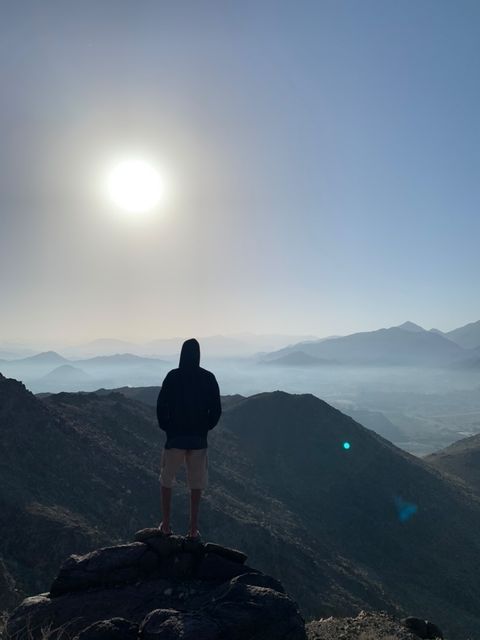100 Stories To Learn About Html5
May 07, 2023

Hi, My name is salah alhashmi, full stack web developer, I am interested in open source projects and building web apps
Hi, My name is salah alhashmi, full stack web developer, I am interested in open source projects and building web apps